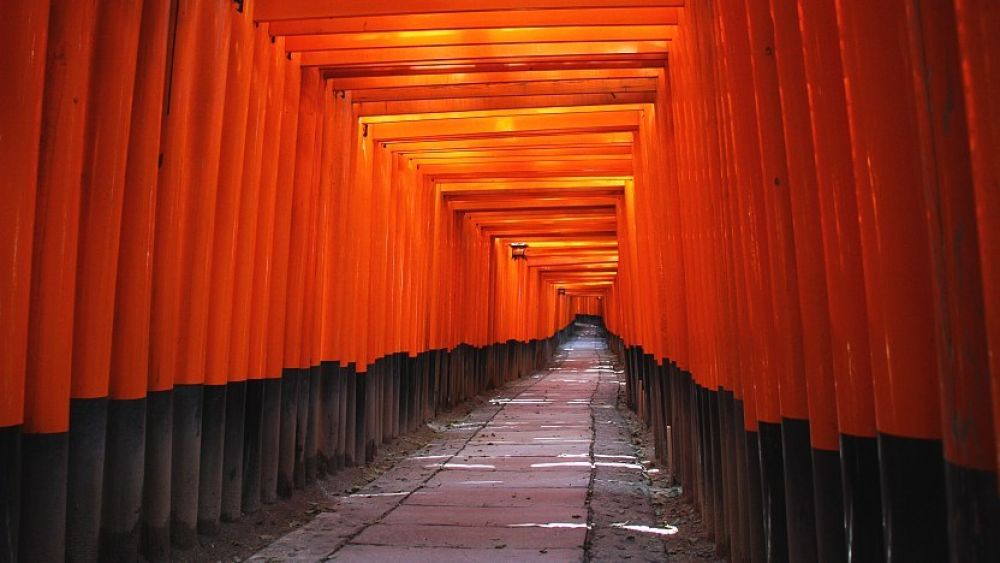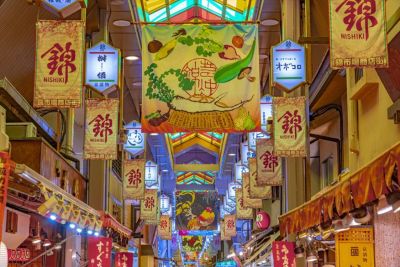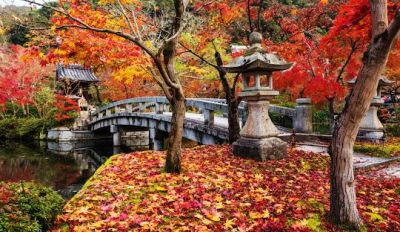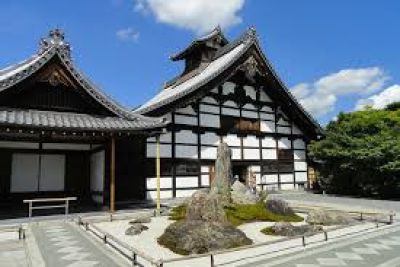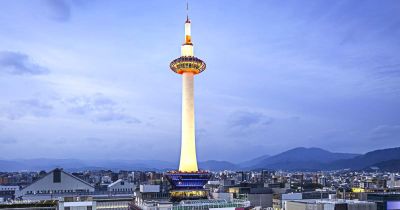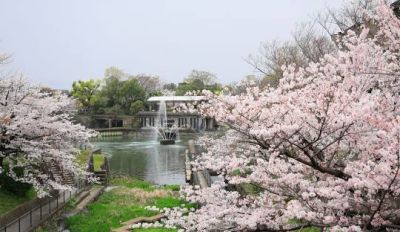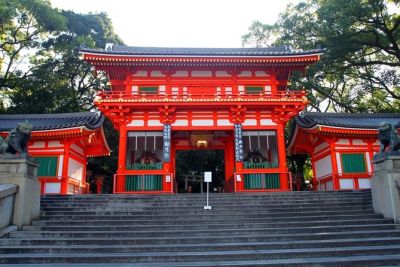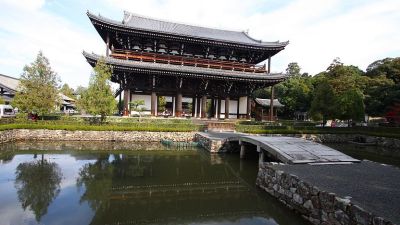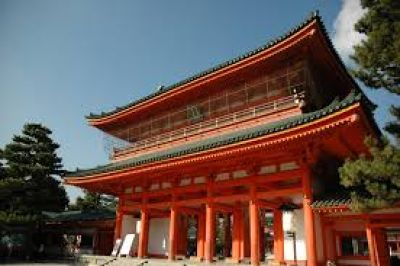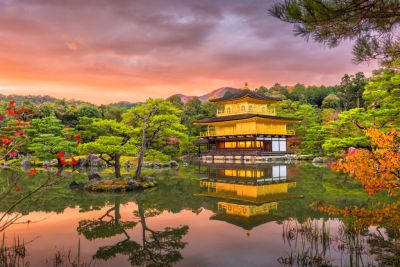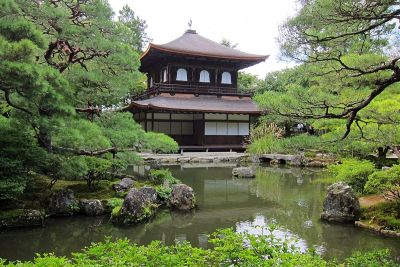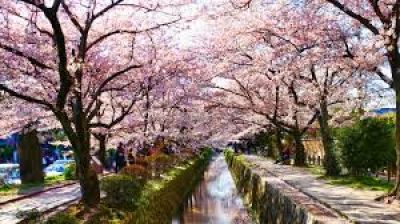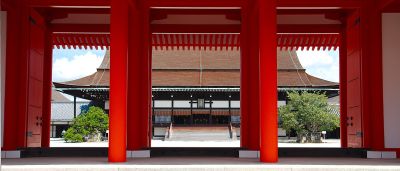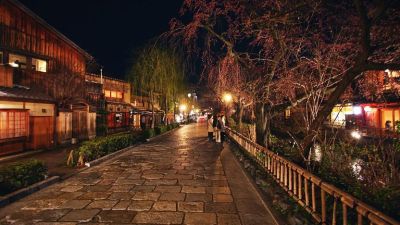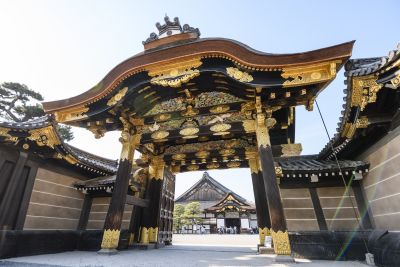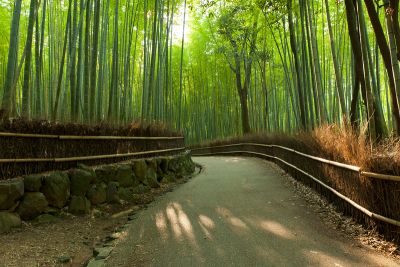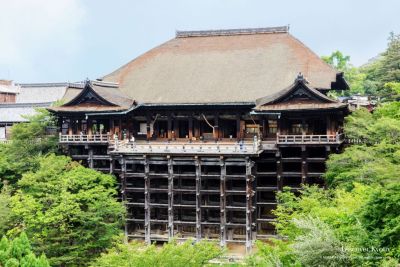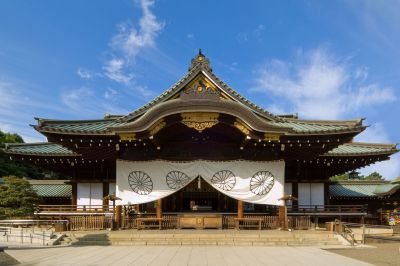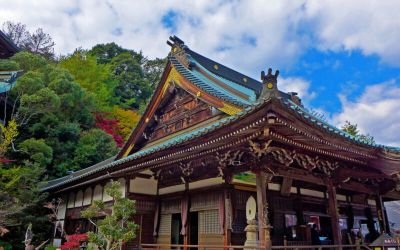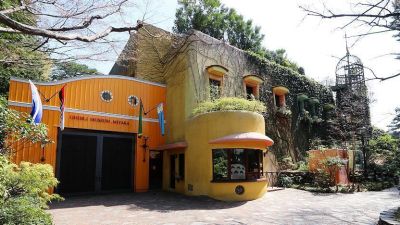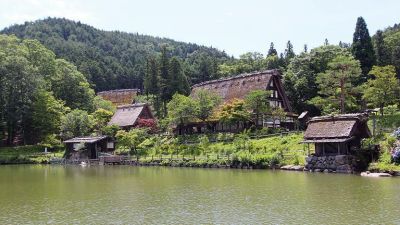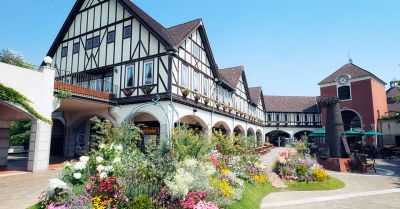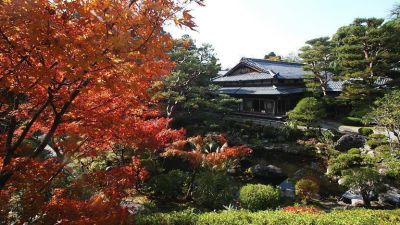The Origin of Pilgrimage
Fushimi Inari Shrine, located in Kyoto, is one of the most iconic and venerable Shinto shrines in Japan, dedicated to Inari, the Shinto god of rice, prosperity, and business. The site has been a religious destination since its founding in 711 AD. The shrine gained prominence among the merchants and manufacturers as they prayed for business prosperity, each torii gate along the shrine's paths sponsored by a Japanese business. Over the centuries, the intertwining of religious belief, commerce, and art has transformed Fushimi Inari into a unique cultural landmark.
Evolution into a Tourism Hub
With the Meiji Restoration in 1868 and the subsequent modernization of Japan, travel became increasingly accessible to the broader populace. By the early 20th century, Fushimi Inari Shrine had started to capture the imagination of not just domestic pilgrims, but international visitors as well. Its thousands of vibrant red torii gates, which trail up the mountain to the sacred Mount Inari, became a symbol of a Japan that blends tradition with timeless beauty, captivating travelers from all over the world.
Post-War Tourism and Global Recognition
The post-World War II era marked significant growth in Japan's travel industry and international tourism, with Kyoto and its historical sites, including Fushimi Inari, becoming must-visit locations. The popularization of air travel and Japan's economic boom in the 1980s furthered this, making Fushimi Inari a global cultural phenomenon, drawing millions of visitors annually.
Recent Trends and the Digital Age
The onset of the digital age has seen a further spike in the shrine’s popularity, fueled by breathtaking images shared on social media platforms. The orange torii gates became one of the most Instagrammed locations in the world. However, this popularity surge has also led to discussions around overtourism and the need for sustainable tourism practices that respect the shrine’s sacred nature and local community.
Pandemic Impact and Slow Travel
The COVID-19 pandemic immensely impacted global tourism, and Fushimi Inari was no exception, seeing a drastic drop in visitors. During this time, however, the shrine experienced a temporary return to tranquility, rekindling interest in slow, respectful travel. Tourists are now increasingly seeking immersive experiences, engaging with local culture and traditions more profoundly.
Conclusion
From its beginnings as a spiritual site, Fushimi Inari Shrine has grown into a global tourism icon. Despite challenges like overtourism and the pandemic, it remains embedded in the fabric of Kyoto’s cultural landscape. With the recent push for sustainable tourism, the shrine invites future generations to discover its serene beauty and spiritual heritage while encouraging responsible travel.
